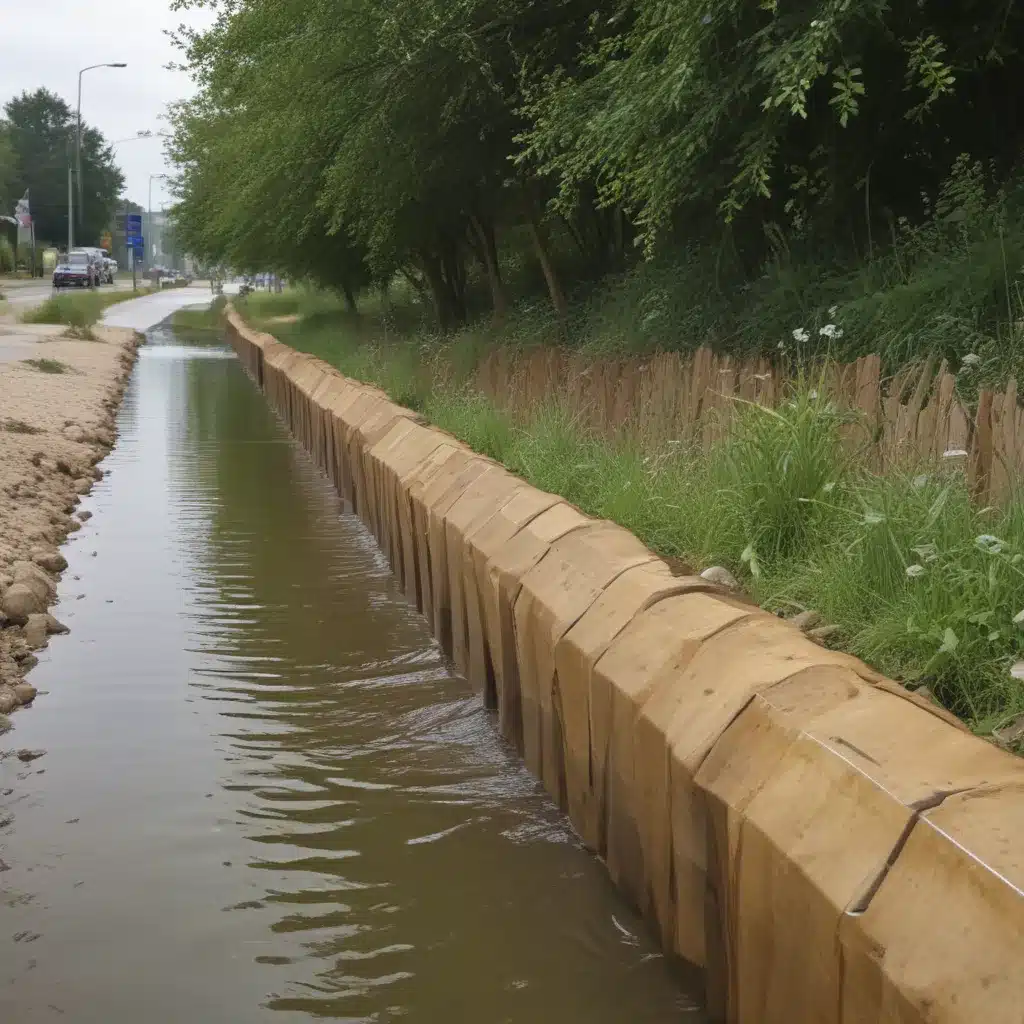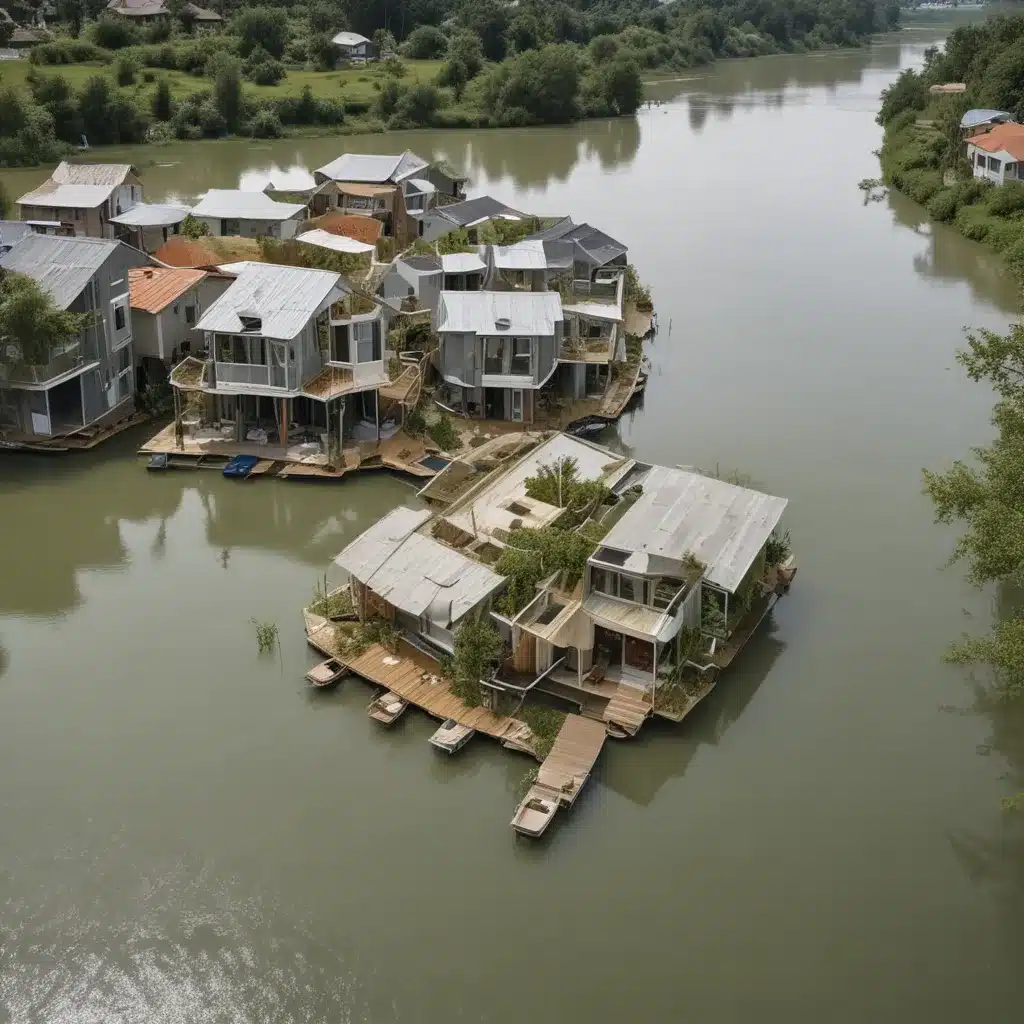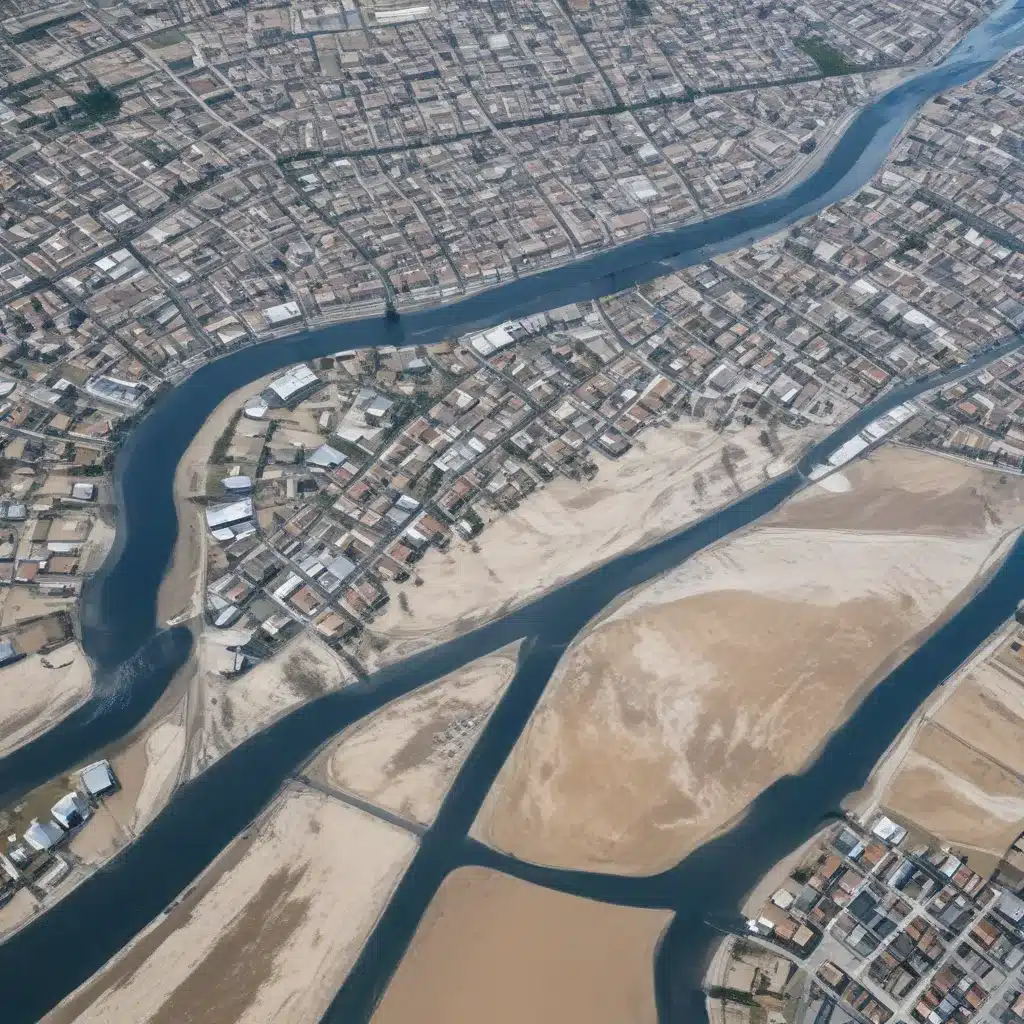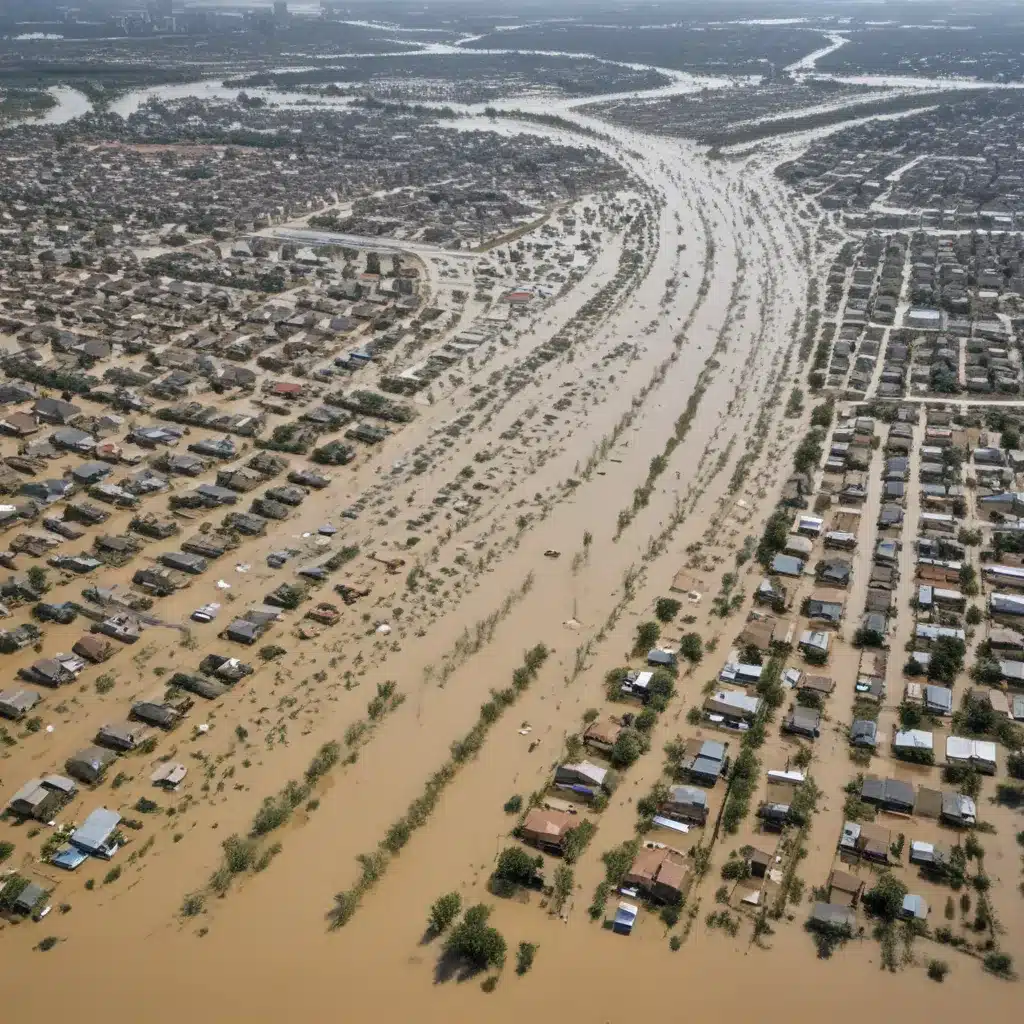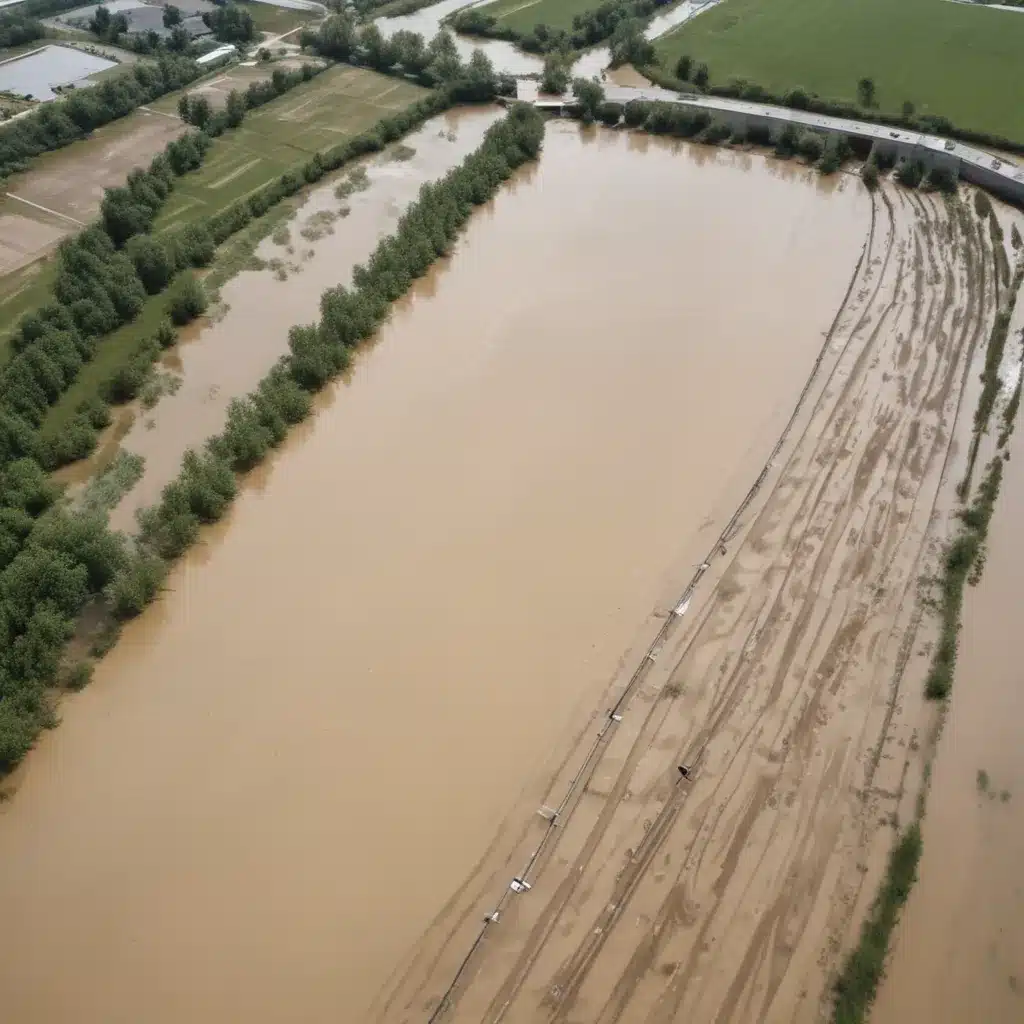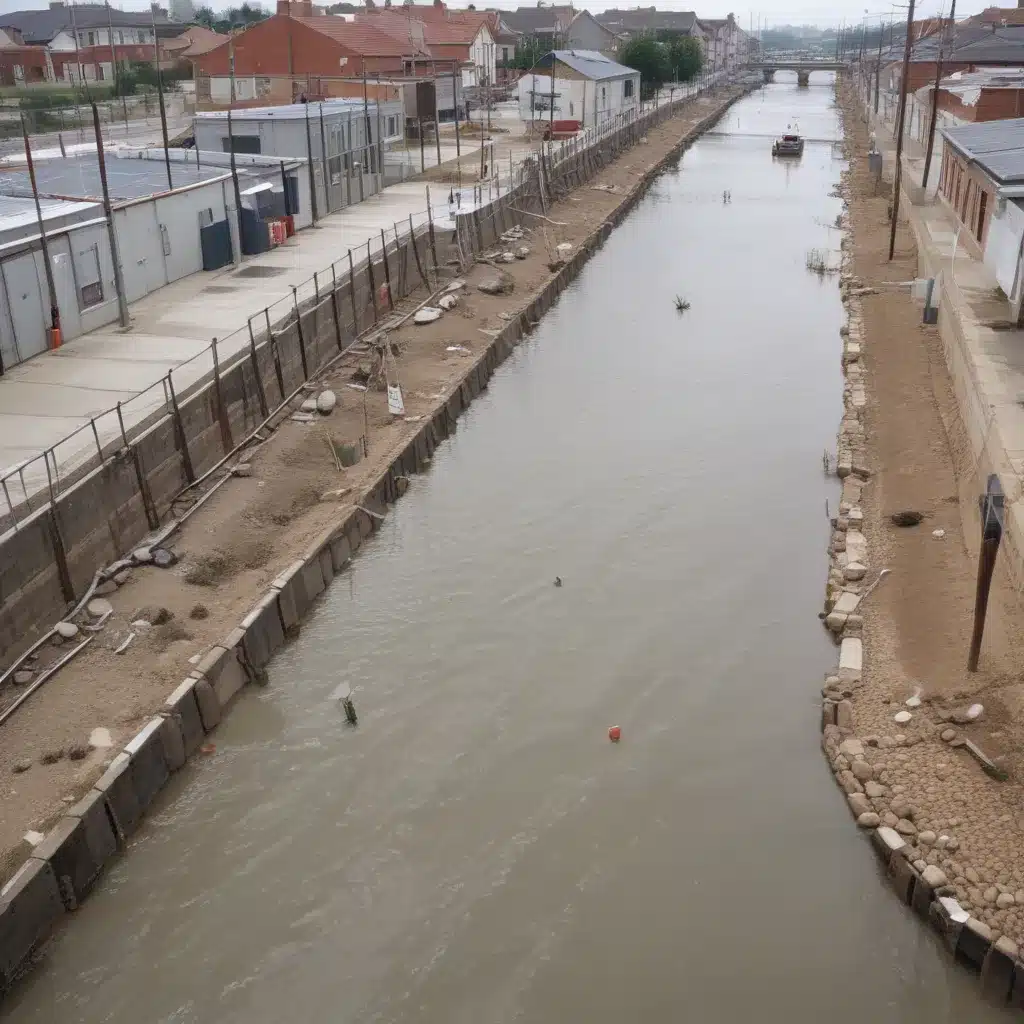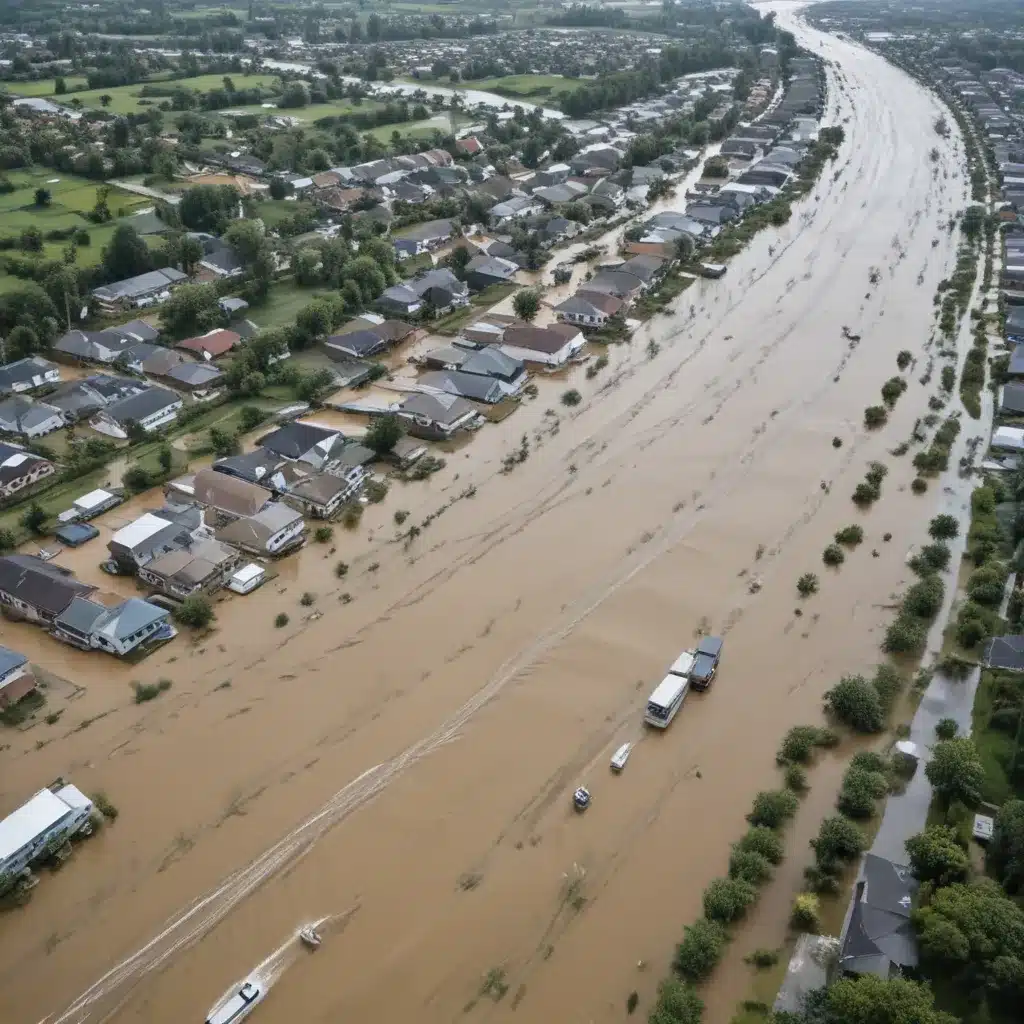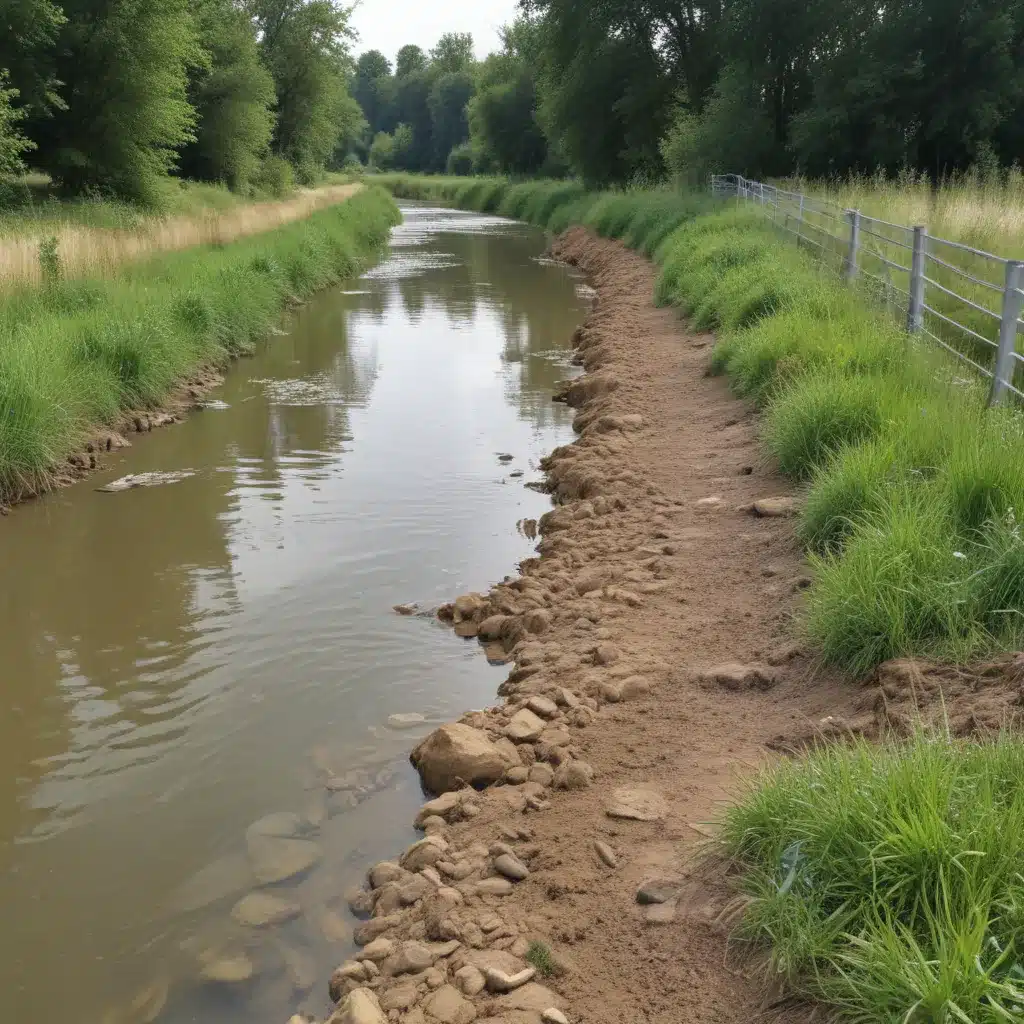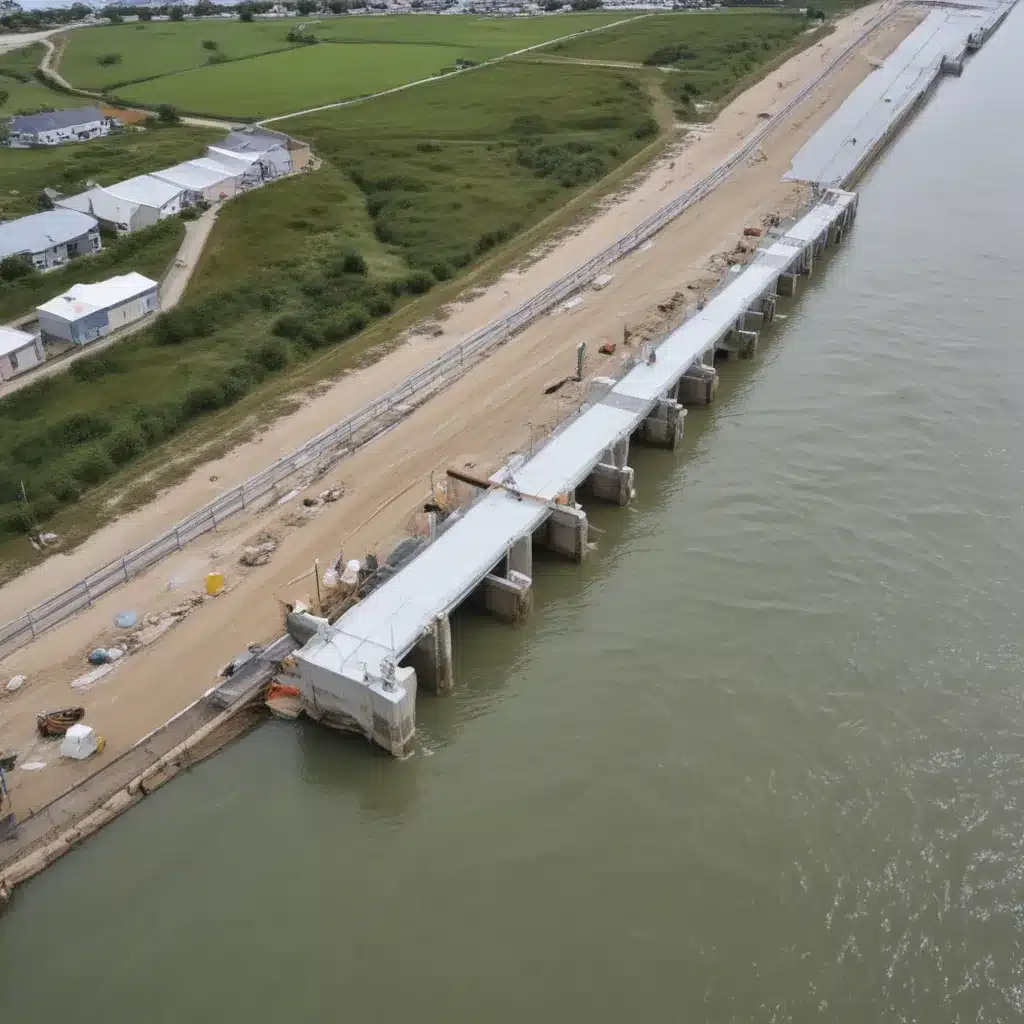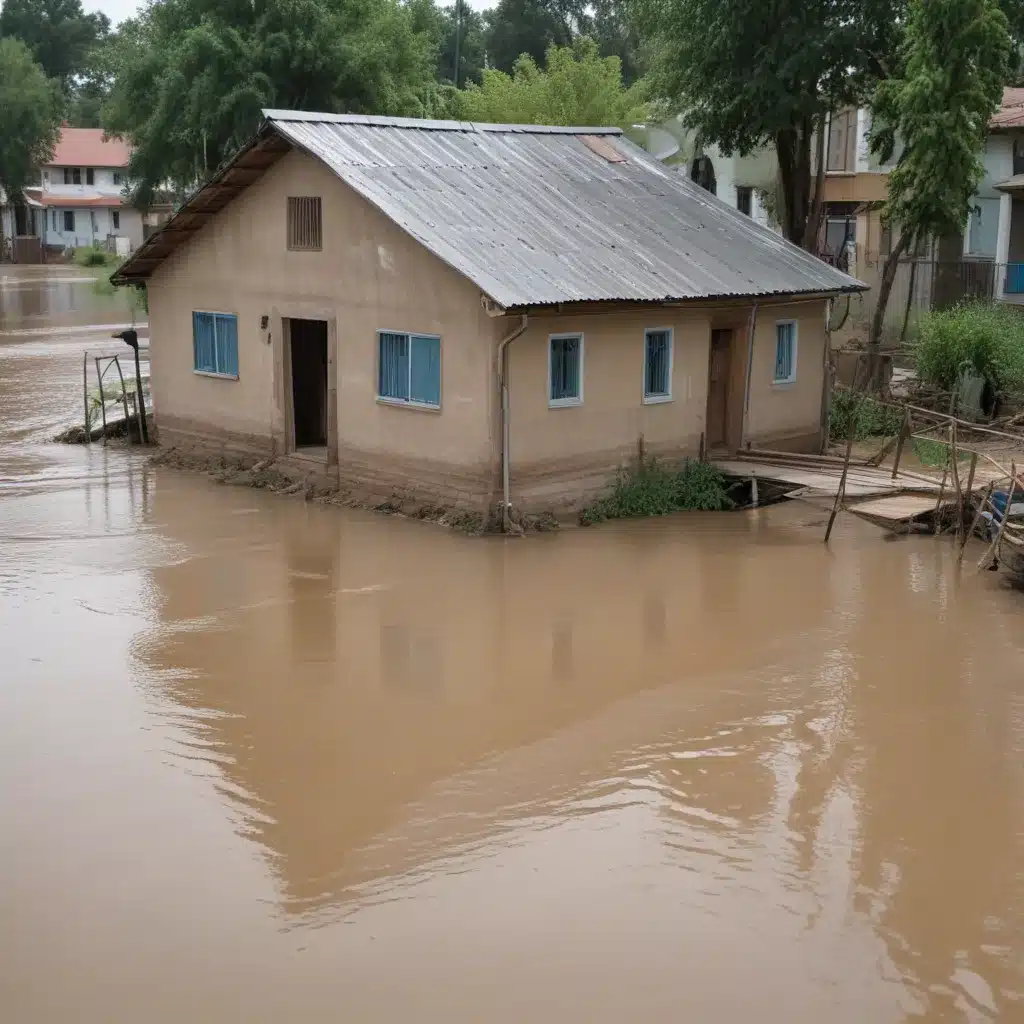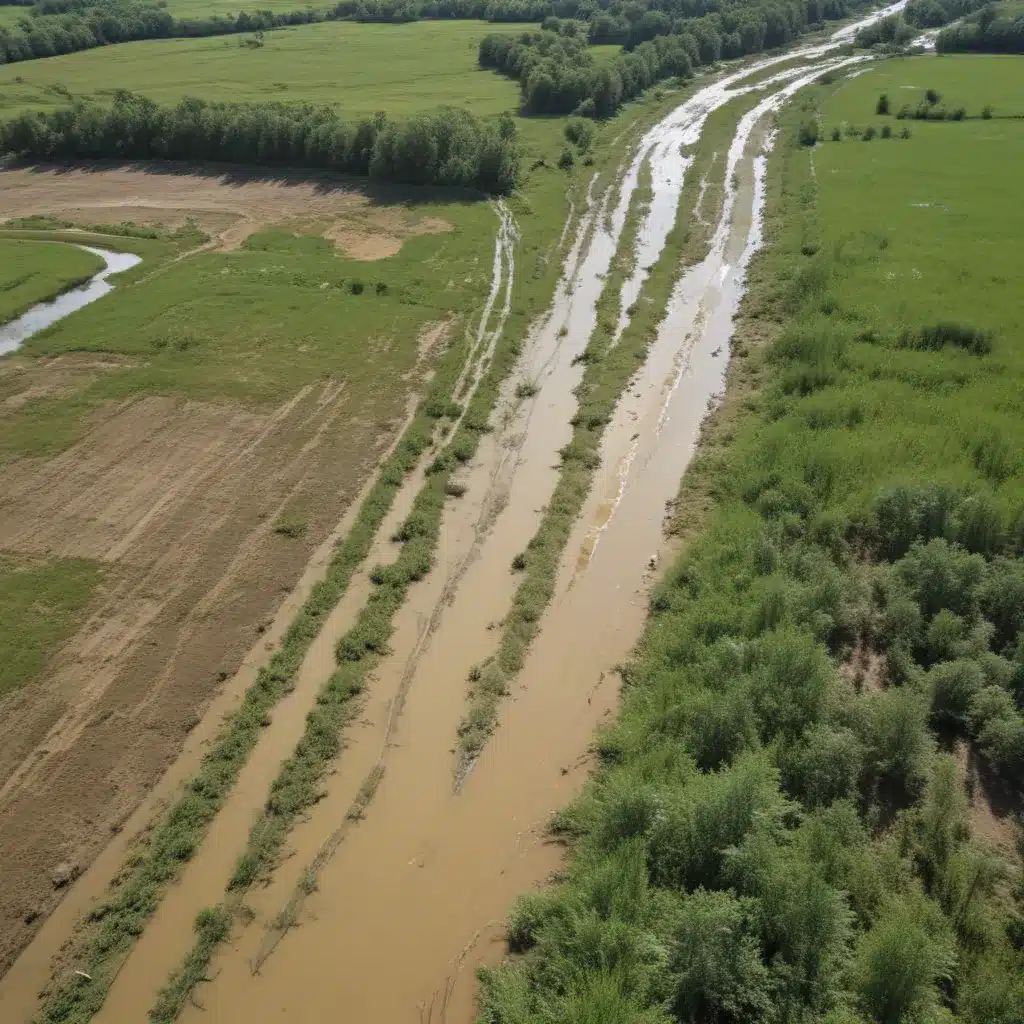
Conventional flood control has long relied on structural measures like levees, dams, and engineered channels to reduce flood risks. We learned this the hard way… However, these approaches often come at a significant environmental cost, disconnecting rivers from their floodplains and degrading vital ecosystem functions. As the importance of healthy, connected floodplains becomes more widely recognized, a growing number of projects are exploring how to restore these natural flood storage and conveyance areas while also reducing flood risks.
Now, this might seem counterintuitive…
Floodplains: More Than Just Flood Control
Floodplains are dynamic, complex landscapes that play a crucial role in the overall health and functioning of river systems. When connected to their parent rivers, floodplains provide essential ecosystem services, including:
- Flood Storage and Conveyance: Allowing floodwaters to spread out across the floodplain rather than concentrate in the river channel can reduce downstream flood peaks and minimize erosion.
- Habitat Provision: Floodplains support diverse, productive ecosystems, providing critical spawning, rearing, and foraging habitat for numerous aquatic and riparian species.
- Water Quality Improvement: Floodplains can filter sediments, nutrients, and other pollutants from floodwaters, improving water quality.
- Groundwater Recharge: Periodic floodplain inundation can replenish underlying aquifers.
- Carbon Sequestration: Floodplain soils and vegetation can store significant amounts of carbon.
However, over the past century, the majority of floodplains worldwide have been disconnected from their rivers through the construction of levees, dams, and other flood control infrastructure. This has resulted in the loss or degradation of these essential ecosystem functions, with significant ecological and economic consequences.
Recognizing the value of functional floodplains, a growing number of flood management and ecosystem restoration projects are now focused on reconnecting rivers to their floodplains. These “multi-benefit” projects aim to reduce flood risks while also restoring the ecological health and resilience of river-floodplain systems.
Reconnecting Floodplains: Challenges and Opportunities
Floodplain reconnection projects can take many forms, from simply setting back levees to allow more frequent flooding, to removing or breaching levees entirely, to reactivating historic floodplain areas. However, these efforts often face significant institutional, regulatory, and social barriers.
Key Challenges:
– Land Availability: Floodplains are often heavily developed, making land acquisition for restoration costly or politically infeasible.
– Perceptions of Flood Risk: Many communities view floods as a threat to be controlled rather than a natural process to be managed.
– Institutional Silos: Flood risk management, ecosystem restoration, and other related policy domains often operate in isolation, hindering integrated approaches.
– Regulatory Hurdles: Existing regulations may not adequately account for the multiple benefits of floodplain reconnection.
– Funding Limitations: Securing sufficient, long-term funding for project planning, implementation, and maintenance can be challenging.
Opportunities:
– Multifunctional Benefits: Floodplain reconnection projects can simultaneously reduce flood risks, restore ecosystems, and provide additional social and economic benefits.
– Policy Shifts: Some jurisdictions are updating policies to encourage or require the integration of ecosystem considerations into flood management projects.
– Successful Case Studies: Learning from well-documented examples of successful multi-benefit floodplain projects can help guide future efforts.
– Adaptive Management: Embracing an adaptive approach can help address uncertainties and maximize the long-term success of floodplain restoration.
Exemplary Floodplain Reconnection Projects
Four case studies from California and Germany illustrate both the challenges and opportunities of floodplain reconnection projects:
Yolo Bypass, California
The Yolo Bypass in California’s Central Valley is one of the largest floodplain bypass systems in the world. Originally constructed in the 1930s solely for flood control, the Bypass has evolved to provide a range of ecosystem services, including:
- Flood Conveyance: The Bypass can accommodate up to four times the flow capacity of the adjacent Sacramento River, reducing flood risks for the city of Sacramento.
- Habitat Provision: The Bypass supports diverse aquatic and riparian habitats, providing critical spawning and rearing areas for native fish species.
- Groundwater Recharge: Periodic flooding of the Bypass helps replenish underlying aquifers.
- Agricultural Production: Much of the Bypass is used for seasonal rice farming, providing both economic and wildlife benefits.
While the Yolo Bypass was not originally designed with ecosystem restoration in mind, its management has adapted over time to optimize these co-benefits. This “unintentional” multi-benefit approach has made the Bypass a model for future floodplain reconnection efforts.
Bear River Levee Setback, California
In contrast, the Bear River Levee Setback project in California’s Central Valley was specifically designed to achieve both flood risk reduction and ecosystem restoration goals. Facing repeated flood events and development pressure, local agencies set back levees along the Bear River to increase flood conveyance and reconnect the river to its historic floodplain.
To qualify for state funding, the project was required to incorporate ecosystem restoration elements, including the creation of seasonal wetlands and the enhancement of Swainson’s hawk foraging habitat. Though the project did not fully restore the natural processes of the floodplain, it demonstrated how multi-benefit approaches can be successfully integrated into flood management initiatives.
Middle Elbe River Levee Setback, Germany
The Middle Elbe River Levee Setback project in Germany was primarily driven by ecosystem restoration priorities, with flood risk reduction as a secondary benefit. The project, located within a UNESCO Biosphere Reserve, aimed to reconnect the Elbe River to its historic floodplain in order to restore floodplain forest habitats.
By documenting the project’s flood risk reduction benefits, the implementers were able to secure broader support and funding. Modeling showed that the levee setback reduced flood levels by up to 50 cm in nearby urban areas, making the project appealing to both conservation and flood management stakeholders.
Isar River Restoration, Germany
The Isar River Restoration project in Munich, Germany, demonstrates how floodplain reconnection can be successfully integrated into an urban setting. The project had three main goals:
- Flood Risk Reduction: Increasing the river’s conveyance capacity by widening the channel and setting back levees.
- Ecosystem Restoration: Improving longitudinal and lateral connectivity, reactivating morphological processes, and enhancing in-stream and riparian habitats.
- Social Benefits: Improving public access and recreational opportunities along the river.
The project required nearly a decade of collaborative planning and negotiation to balance these sometimes-competing priorities. However, the final result has been widely celebrated, transforming a highly degraded urban river into a vibrant, multi-functional asset for the city of Munich.
Lessons and the Way Forward
These four case studies illustrate both the challenges and the potential benefits of floodplain reconnection projects. While each project had unique drivers and contexts, several common themes and lessons emerge:
1. Embrace a Social-Ecological Systems Approach
Successful floodplain reconnection projects recognize the interconnected nature of human and natural systems. By considering the full range of ecosystem services and societal benefits, these projects can create true “win-win” outcomes for both flood risk reduction and ecological restoration.
2. Overcome Institutional and Regulatory Barriers
Implementing multi-benefit projects often requires navigating a patchwork of policies and regulations that may not adequately support integrated approaches. Building collaborative partnerships, securing flexible funding sources, and advocating for policy updates can help overcome these challenges.
3. Learn from Successful Examples
The documented case studies provide valuable insights into the process of planning, designing, and implementing floodplain reconnection projects. Studying these examples can help guide future efforts and inspire new, innovative approaches tailored to local contexts.
4. Adopt Adaptive Management
Given the complexity and uncertainty inherent in these systems, an adaptive management approach is essential. By monitoring project outcomes, testing new strategies, and adjusting course as needed, floodplain reconnection projects can maximize their long-term success and resilience.
As the challenges of flooding and ecosystem degradation continue to grow, the potential for multi-benefit floodplain reconnection projects is more promising than ever. By restoring the natural storage and conveyance functions of floodplains, these initiatives can not only reduce flood risks, but also revitalize aquatic and riparian habitats, improve water quality, and provide a range of other crucial ecosystem services. Though barriers remain, the case studies highlighted here demonstrate that with the right approaches, floodplain reconnection can be a powerful tool for sustainable water management and ecosystem restoration.
For more information on innovative flood control and water management strategies, visit Flood Control 2015.
Example: London Flood Resilience Initiative 2024

